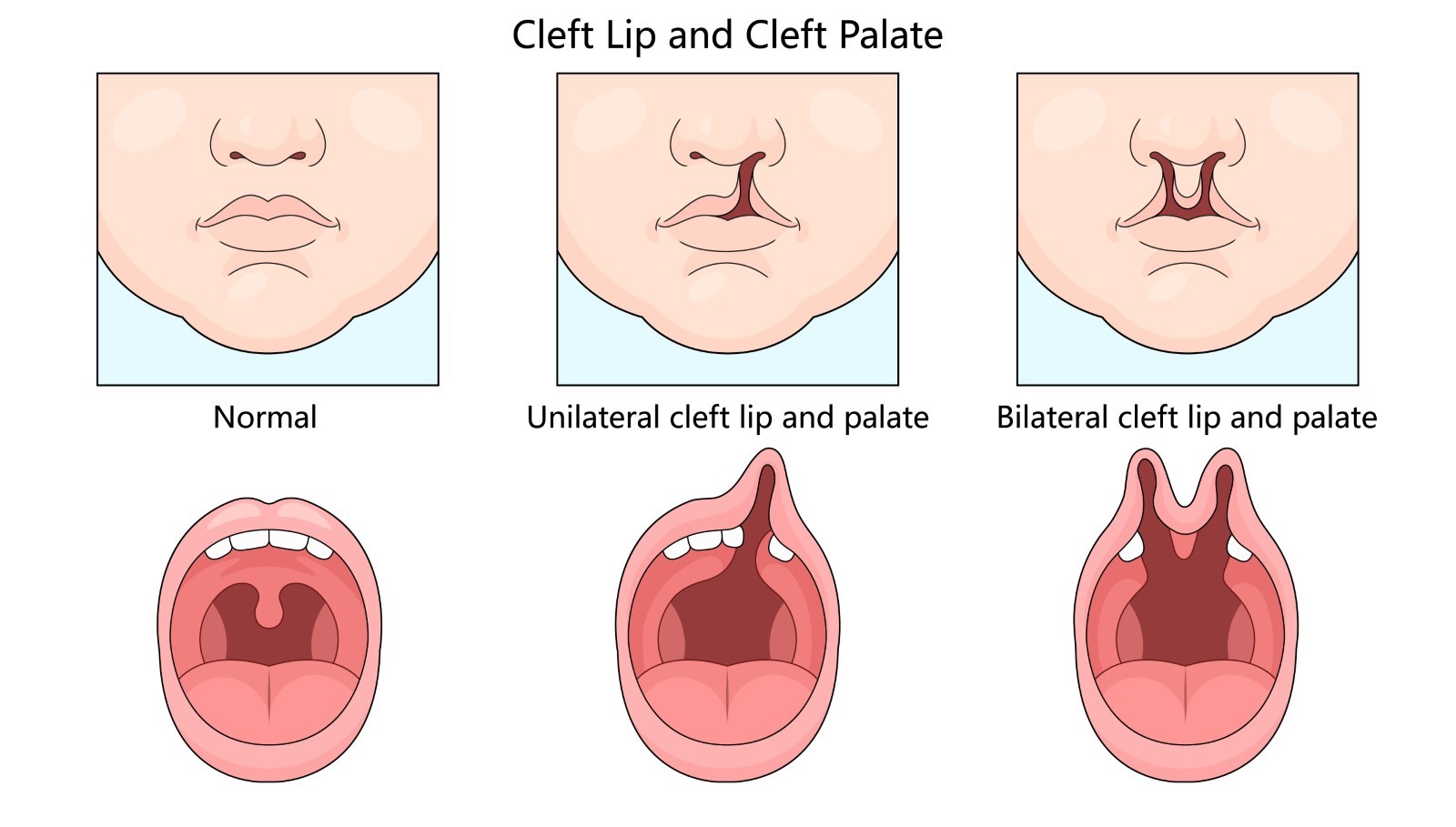A cleft lip and cleft palate are common birth conditions where there’s an opening or split in the upper lip or roof of the mouth. These splits happen when facial tissues don’t join completely before birth. Such conditions can affect eating, speaking, and hearing, impacting overall well-being.
Understanding the cleft lip and palate repair procedure is crucial for families affected by these conditions. This surgery does not just improve appearance; it also significantly enhances the quality of life by improving functions that are vital for daily activities. Parents and caregivers often find relief and hope as they navigate the journey of treatment and recovery.
Breaking Down the Cleft Lip and Palate Surgery Process
A cleft lip appears as a split or separation in the upper lip, while a cleft palate involves an opening in the roof of the mouth. Children can have either or both conditions. Both conditions occur due to various factors including genetic influences and environmental factors like maternal smoking or diabetes.
Cleft conditions are relatively common, affecting one in 700 births globally. While not dangerous, they pose certain challenges for the affected individuals. Treatment enhances speech, hearing, and overall health.
The cleft lip and palate repair procedure mainly involves surgery to correct these openings. By doing so, it significantly improves speech clarity, reduces ear infections, and aids proper teeth alignment. These improvements lead to better social interactions and academic performance as the child grows.
It’s important for families to understand this surgery because it is the first step towards normalcy and builds the foundation for a child’s development. Knowing about risk factors, causes, and how surgery helps can empower families in making informed decisions.
The Cleft Repair Procedure: Step-by-Step Insights
The journey begins with attending consultations where specialists assess the condition. This initial visit includes discussing the different techniques in cleft lip repair and planning the timeline for surgeries. Doctors may also run some tests to gain a deeper understanding of the specific needs of the child.
After diagnosis and planning, families then prepare for the day of the surgery. On the big day, expect a thorough check-up to ensure the child is fit for surgery. A medical team will greet you at the hospital, providing reassurance and an overview of the day.
During the procedure, surgeons carefully close and reconstruct the cleft. This enhances function and appearance. While parents may feel apprehensive, how cleft lip and palate surgery works is well understood by experienced teams, and most surgeries are successful.
Post-surgery, hospital staff guide families on immediate care steps. Recovery involves several stages. The cleft palate surgery stages will differ depending on the severity, but generally include: – Immediate postoperative observation – Gradual reintroduction to normal activities – Regular follow-ups to ensure proper healing
Cleft palate repair post-operative care involves keeping the surgery site clean, monitoring nutrition, and attending all follow-up appointments. Proper care ensures effective healing and helps prevent infection.
Innovations, Myths, and Expert Insights
There are many myths about the cleft lip and palate repair procedure. Some believe that surgeries are painful or ineffective. In truth, advancements in medical technology have made procedures more efficient and less discomforting. Addressing these misconceptions with accurate information helps families feel more confident.
New technologies and different techniques in cleft lip repair mean recovery times are often shorter than anticipated. Surgical teams now use refined methods that provide better outcomes and improved scarring.
Experts stress the importance of a multidisciplinary team in care. Such teams comprise surgeons, speech therapists, dentists, and nutritionists working together to achieve the best results. They address every aspect of recovery, from cleft lip and palate surgery recovery to long-term monitoring.
Families can have peace of mind knowing that long term outcomes of cleft surgery are positive. Most children lead normal lives, thanks to the knowledgeable guidance of a diverse care team.
Cleft lip and palate surgery is more than just a corrective measure; it’s a transformative journey. By understanding the process, families can embrace possibilities for brighter futures, guided every step of the way by compassionate experts ensuring holistic recovery.
